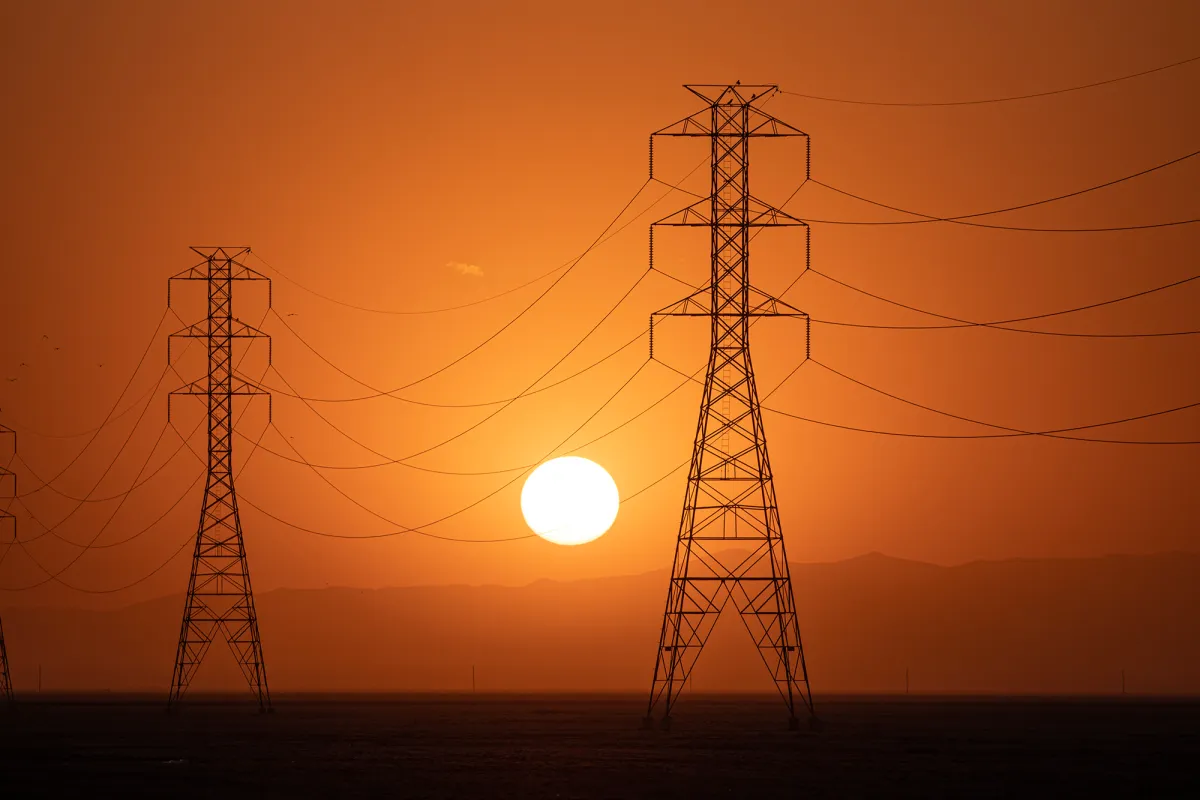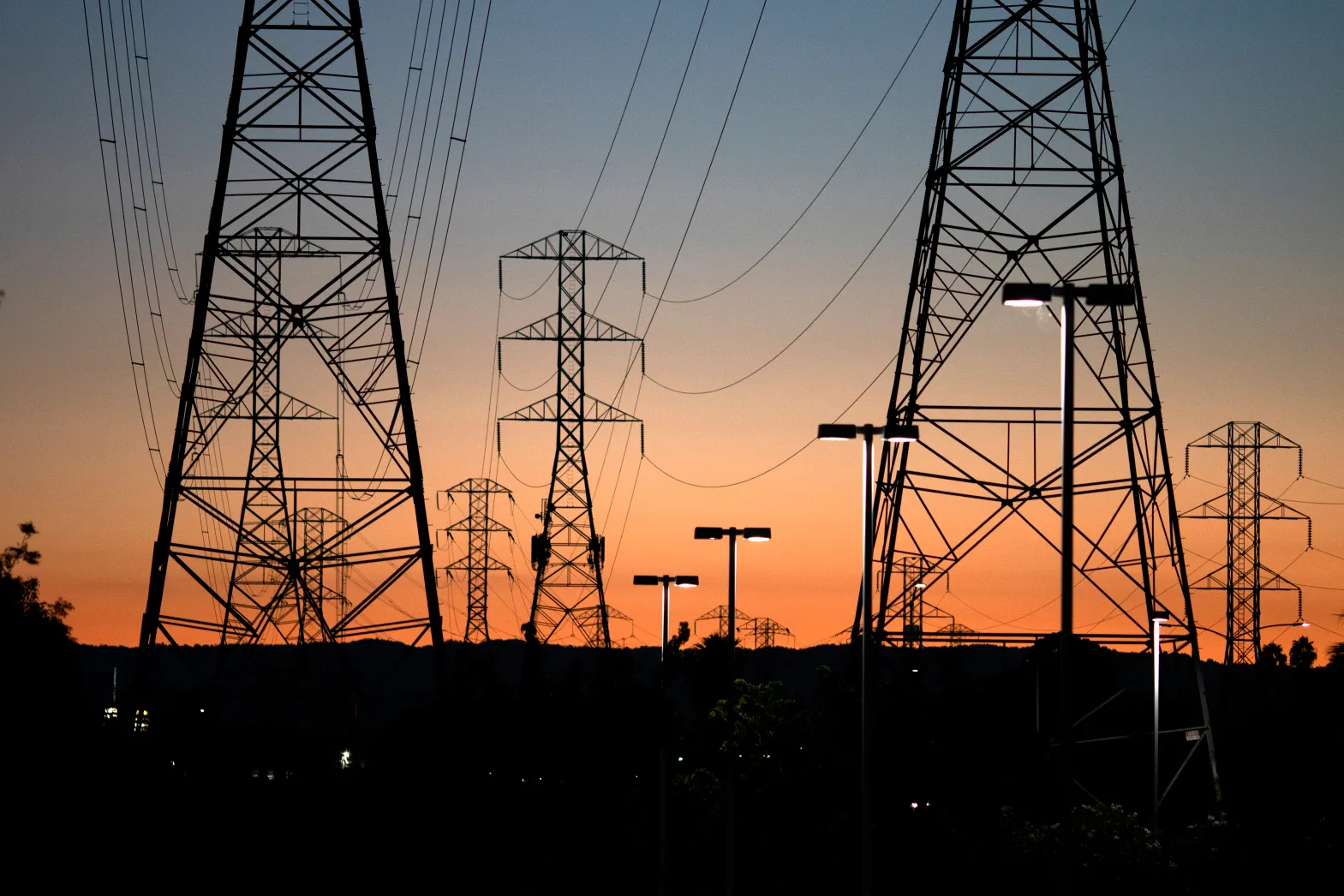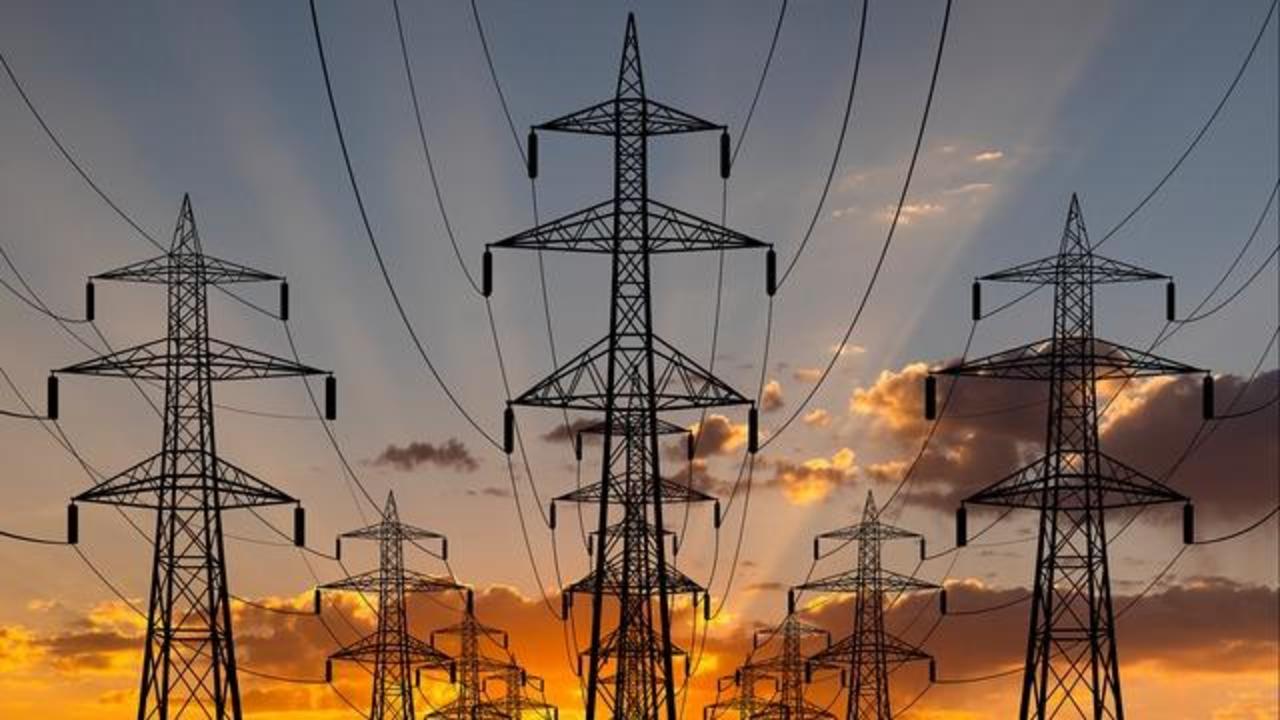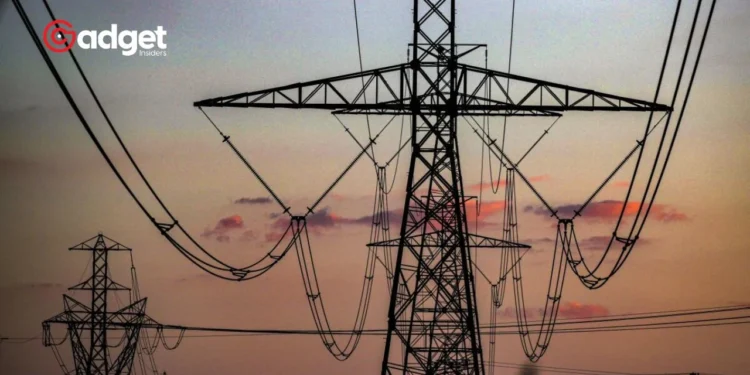As California gears up for another significant change in its energy billing system, residents are bracing for an additional $24 fee on their electric bills. The California Public Utilities Commission (CPUC) has announced this new fee, effective from May, impacting all those not served by the Los Angeles Department of Water and Power.
This move comes as a surprise to many, given that California is already notorious for having some of the highest utility rates in the nation.

California: The New Fee and Its Broader Implications
The CPUC regulates the state’s largest utility companies, including Pacific Gas and Electric Co., Southern California Edison, and San Diego Gas and Electric Co. This new $24 monthly charge is designed to be offset by a decrease in electricity rates—ranging from 5 to 7 cents per kilowatt-hour.
However, this strategy has sparked debate and opposition across the state, particularly among those living in smaller homes or apartments who typically use less electricity.

How It Affects Various Households
Finance expert Kevin Thompson, founder and CEO of 9i Capital Group, pointed out the disproportionate impact of the flat-rate increase on low-usage consumers.
“This bill increase attacks the lower usage consumer, those in small houses and multi-family housing,” Thompson told Newsweek.
He explained that for these households, the majority of their bills consist of delivery charges, which means a flat-rate increase significantly inflates their total expenses, regardless of actual electricity usage.
California's Electric Bills are About to Get More Expensive. Newsweek nailed it! https://t.co/LxKGe0ouSn
— Ahmad Faruqui (@AhmadFaruqui) April 18, 2024
Legislative Responses and Public Backlash
In response to the outcry, Assemblymember Jacqui Irwin introduced a bill, AB 1999, aiming to prevent CPUC from implementing the extra charge. The proposal has seen support from various quarters, including 240 community organizations that have united under the Stop the Big Utility Tax Coalition.
These groups argue that the minimal reduction in the rate charged per unit of electricity does not compensate for the broader financial burden imposed by the $24 fee.
Expert Analysis and Future Projections
Despite CPUC’s claims that the change will ultimately benefit low-income families, the real impact might be more nuanced.
According to Michael Ryan, another finance expert who runs michaelryanmoney.com, the new structure could theoretically make power more affordable for households with higher electricity usage. However, he cautioned that
“a one-size-fits-all fee, even with discounts for some, may still hit the most vulnerable the hardest.”

Political and Economic Dynamics
With the fee set to take effect soon, the debate is heating up in the California Assembly’s Utilities and Energy Committee. The effectiveness of energy lobbyists and the public’s reaction could significantly influence whether this new fee becomes a permanent fixture.
“The passage of this new fee is going to come down to how well the energy lobbyists do in convincing the legislative committee that this fee is necessary,” said Thompson.
As California continues to navigate its complex energy landscape, the coming months will be critical in determining how these changes will impact its residents and their monthly budgets. Residents and policymakers alike are keeping a close eye on developments, hoping for a resolution that balances economic and environmental priorities effectively.









